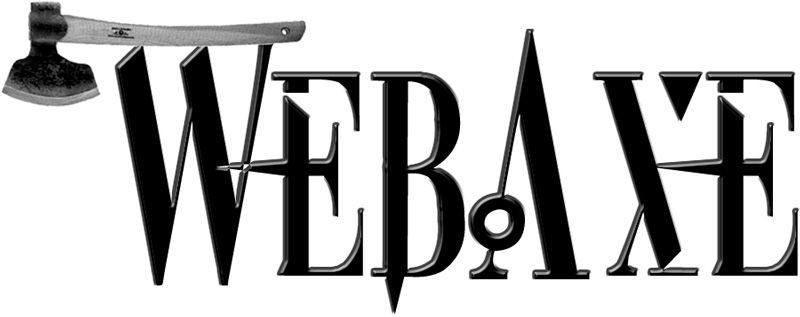Mark your calendar! Here are some terrific digital accessibility events coming up in 2023. Please add any good ones that I missed in the comments.
- March 8, Ability Summit by Microsoft, online
- March 13-17, 38th Annual CSUN Assistive Technology Conference in Anaheim, CA
- March 15-16, axe-con by Deque Systems, online
- April 27-28, ACCESS by 3PlayMedia, online, free
- May 9-12, John Slatin AccessU 2023 by Knowbility, hybrid
- May 16-18, Virtua11y web accessibility conference 2023 by Nomensa @we_are_Nomensa
- May 18, Global Accessibility Awareness Day @gaadfdn #GAAD
- HighEdWeb 2023 Accessibility Summit, July 25,
Online, @highEdWeb - 21 September, Inclusive Design 24 @ID24Conf #ID24, online
- August 29-30, Web Accessibility in Mind Conference by WebAIM and Pope Tech
- October 19-20, Accessibility Toronto Conference, @a11yTO #a11yTOConf
- October 10-12, M-Enabling Summit, Washington DC, @mEnablingSummit
- November 6-10, 26th Annual Accessing Higher Ground in Denver, CO, hybrid
Also, check out my Twitter list of accessibility meetup groups around the world.
![]()

